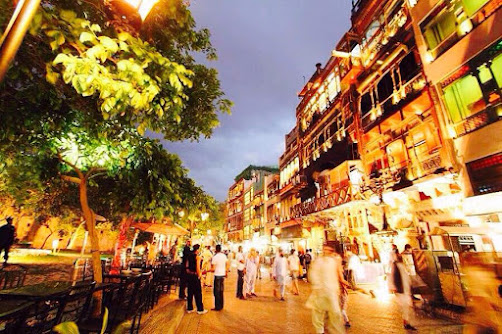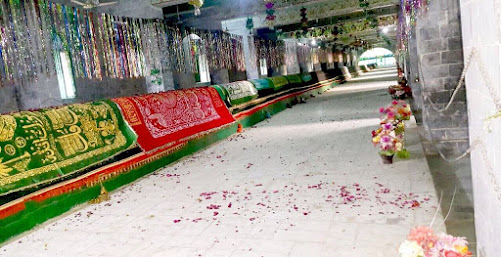Faisal Mosque (Islamabad)
In the capital city of Pakistan, there is a mosque which is so elegant in its design and so beautiful in its appearance that no Mosque in the world matches such beauty. This Mosque is named as Faisal Mosque.
Faisal Mosque is located in the capital of Pakistan, Islamabad near Margla hills. The city itself is one of the top beautiful capitals of the world and the Mosque is like a Jewel in the crown.
Its history goes back to 1976 when the construction begins. The funds of $120 million for the construction was granted by Saudi King Shah Faisal thus both the mosque and the road leading to it was named after him.
 |
| Faisal Mosque |
Untill 1993 it was the largest Mosque in the world with the capacity of 100,000 worshipers in the main hall and 200,000 worshippers in the surrounding areas. The design of the Mosque is inspired by a Bedouin tent. It is a unique piece of architecture and was designed by a Turkish architect Vedat Dalokay.
 |
| Inside Faisal Mosque |
Faisal Mosque is also the National Mosque of Pakistan. The structure of the Mosque consist of four minarets and eight-sided shell shaped sloping roofs without any traditional domes.
It is one of the most visited Mosques of the country. Every day hundreds of tourists attract towards this place.
Please share your memories & videos about this awesome place and inform me about your suggestions at wonderlustpak@gmail.com






















































